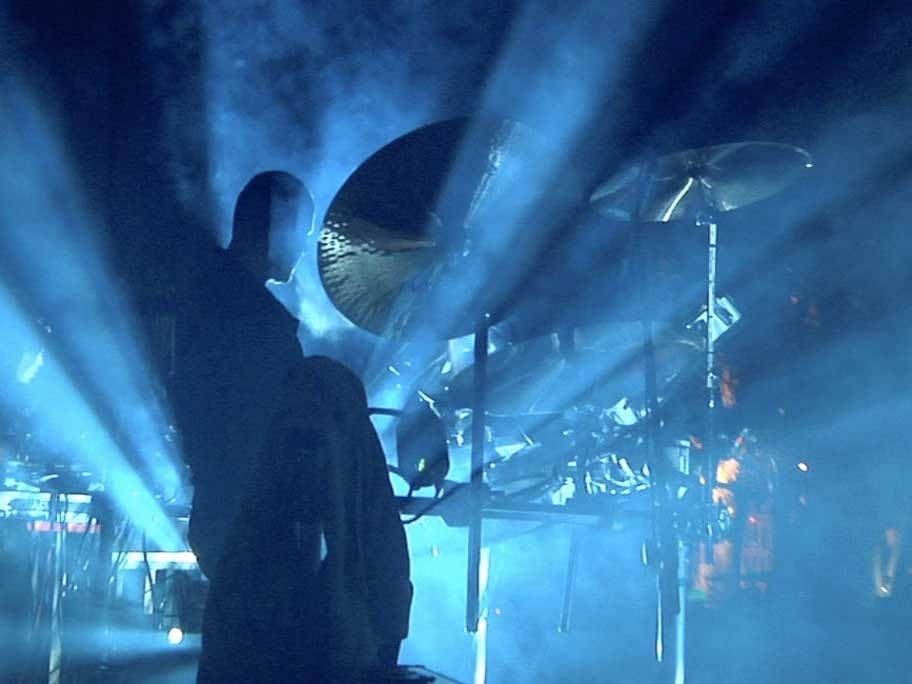When acid house culture erupted across the U.K. in the late 1980s, few realized that it would herald a worldwide resurgence of the ancient rites of dance ritual. As DJs spun the insistent beats of electronic music from massive soundsystems, a new global subculture emerged that blended modern technologies with the traditions of ecstatic dance. Rave culture was born.
"Electronic music is modern shamanism," says Julian Reyes, producer of Electronic Awakening, a new documentary on rave culture's 21st century "intentional communities," which screens in Whistler on Tuesday.
"It is the evolution of ritualized drum circles," adds Reyes. "The music is a key that digital shamans utilize to move, inspire, teach, and heal others."
Rave culture has quite a story to tell. After its criminalization under the U.K. Criminal Justice Act of 1993 (and other similar legislation worldwide), and its commodification into advertising and pop fashion, rave culture fragmented into splinter groups.
While festivals and art galleries encompassed one avenue for the culture's continuation, another, perhaps more intriguing development took place among the dedicated followers—or "tribes"—of psytrance, which sought to create "intentional communities" that explored the role of ritual and religion in rave culture.
As the name implies, psytrance is a psychedelic twist to the trance rhythms of electronic music, and its "intentional" gatherings combine visionary art and performance, talks and teachings on spirituality, healing, and philosophy, and of course sunrise after sunset of ritual abandonment to the relentless rhythms of electronic music.
One such intentional community is Tribal Harmonix, which formed in Vancouver in the late 1990s. The collective has organized numerous intentional rave retreats, including the Reconvergence of the Tribes in 2002.
Sobey Wing, a founding Tribal Harmonix member, will introduce the film Electronic Awakening and lead a discussion after the screening.
Director Andrew Johner sees the film as capturing "the feeling of oneness" that makes up "dancefloor ecstasy," which for him is integral to the film's mission to "document. . . the reclaiming of religion" in rave culture.
"Rave culture constitutes a significant religious phenomenon," notes Robin Sylvan, an ethnographer interviewed in the documentary.
Indeed, Electronic Awakening refers to electronic music as "a spiritual technology to access higher states of consciousness." For the uninitiated, the film provides some insight into the spiritual motivations behind intentional events.
If there is an organized religion among rave culture's diverse intentional communities, it is to be found in a mix of neo-Paganist practices, New Age beliefs of holistic knowledge and healing, and a strong following of the Mayan calendar and its prophecies related to December 21st, 2012.
The film's participants and sociologists alike — from countercultural writer Terrence Mckenna to Merry Pranskter Ken Kesey — describe how raves create modern rituals that connect technologies with the ancient rites of Dionysus through shamanistic practice and Aboriginal beliefs.
For Marie Fortin, a.k.a. DJ Miss Kosmik, such rituals "help people to get in touch with themselves and BE the change."
Reyes says, "The world can benefit from the energy, community, and love felt on the dance floor by so many — Electronic Awakening speaks directly to that."




